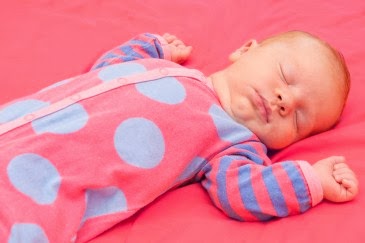Winter can be risky time for infants if ‘safe sleep practices’ are not followed, health department says; here are several safety tips

 Practicing “safe sleep practices” and creating a safe environment for your baby could mean the difference between life and death during these cold winter months, the state Department for Public Health says in a press release.
Practicing “safe sleep practices” and creating a safe environment for your baby could mean the difference between life and death during these cold winter months, the state Department for Public Health says in a press release.
“Kentucky’s infant mortality rate remains higher than the national average. This is due in part to sleep-related accidents that could be prevented with safety practices,” Ruth Ann Shepherd, M.D., director of the department’s Division of Maternal and Child Health, said in the release.
Shepherd stressed the importance of never smoking around a baby, since secondhand smoke can contribute to sudden infant death.
So, what are safe sleep practices? The American Academy of Pediatrics gives these guidelines to prevent sleep-related deaths and to keep infants safe and comfortable:
How you dress your infant for winter sleep is also important to keep your infant safe. The health department offers these guidelines:
- Dress infants in one-piece pajamas or wearable blankets, layered over an undershirt or “onesie.” The important thing is to not let your baby get too hot from overdressing or being wrapped in heavy blankets.
- Keep the baby’s room at a temperature comfortable for an adult.
- If you must use a blanket for warmth, only cover the baby’s feet and lower body. Do not let the blanket come higher than the baby’s chest. The blanket should also be tucked in around the mattress at the sides and bottom of the crib so that it cannot slide up to cover the baby’s face.